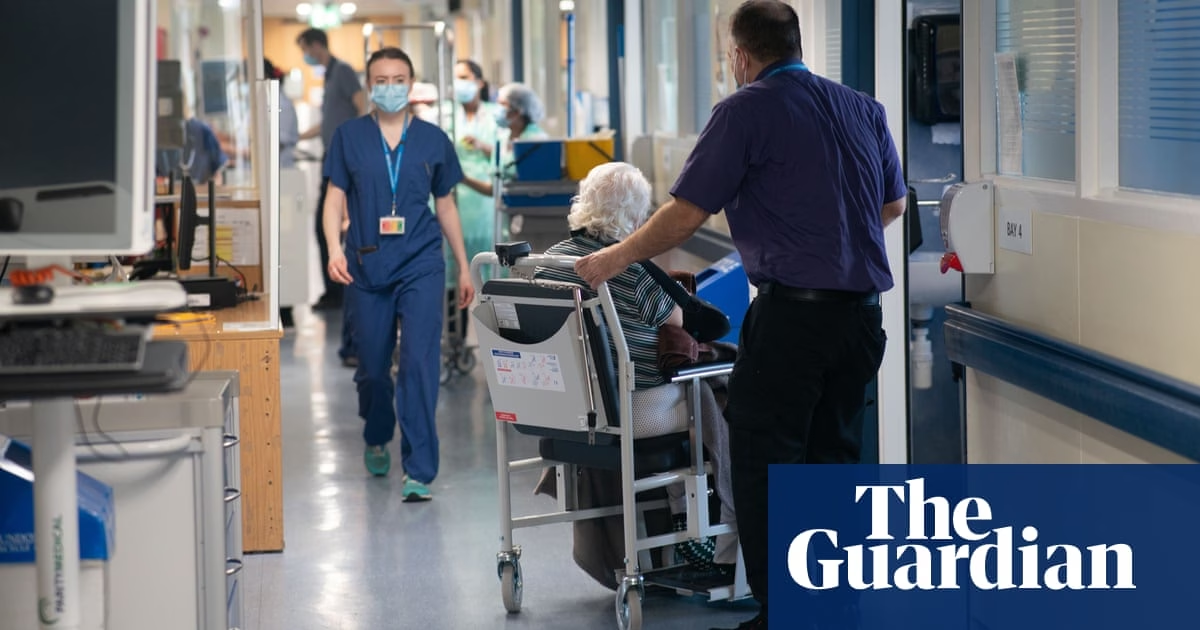Since Elizabeth Garrett Anderson’s milestone in 1865, when she became the first woman in Britain to qualify to practice medicine, the journey towards achieving equality of genders within the medical profession in the UK has been a long-standing one. A recent report by the General Medical Council indicates that female doctors have, for the first time, surpassed their male counterparts in numbers, while it was also revealed that doctors from black and minority ethnic backgrounds make up the majority of medical practitioners.
This demographic shift is particularly significant for a profession that has frequently been criticized for falling short in addressing the needs of female and minority ethnic patients. Scandals in women’s health have been prevalent, with incidents ranging from inadequacies in maternity units to damages caused by vaginal mesh and the prescription of the anti-epilepsy drug sodium valproate. The COVID crisis, during which individuals from black and minority ethnic backgrounds were disproportionately affected, highlighted the persistent issues of unequal access and treatment.
Black women in the UK continue to face a maternal mortality rate four times higher than their white counterparts, and both black and Asian patients receive substandard care for various conditions such as type 2 diabetes and cancer. There is broad agreement that a medical workforce better reflecting the demographic it serves is essential in addressing systemic issues, including a culture of medical misogyny known to put patients in need of treatment at risk.
Professor Scarlett McNally, president of the Medical Women’s Federation and a practicing surgeon, affirms that diverse medical teams work more effectively because they encourage questioning and suggestion. Evidence suggests that diversity in medical teams leads to improved patient outcomes, with female GPs outperforming their male colleagues in training exams, and minority ethnic doctors providing higher quality care in clinical tests. Furthermore, patients operated on by female surgeons are less likely to experience complications.
Dr. Lola Solebo, a consultant ophthalmologist at Great Ormond Street Hospital and a research fellow at University College London, acknowledges the positive impact of diversity among medical practitioners, hoping the shift in workforce demographics will lead to increased attention to women’s health and child care.
Despite the positive trend towards gender parity among doctors, there is still room for improvement across specialties and levels of seniority. Women are underrepresented in surgery and other specialties, indicating that more progress is needed. The eight-year training period to become a surgeon, which often coincides with the timeframe for starting a family, presents a significant barrier, especially given the high rates of miscarriage experienced by female surgeons.
Moreover, not all minority ethnic groups are proportionally represented across the medical field. Black consultants, for instance, are underrepresented, highlighting disparities in opportunity. The presence of minority ethnic doctors within the NHS should not be assumed to equate to an absence of inequality; these doctors often succeed despite facing unequal opportunities.
Prof. Habib Naqvi, head of the NHS Race and Health Observatory, attributes the increase in minority ethnic doctors to improvements in patient care and safety but indicates that more work is needed to ensure these professionals are not only included but also promoted and protected from bullying and harassment.
In conclusion, while there have been progressive steps towards a more inclusive medical profession in terms of demographics, it is crucial to address the remaining challenges to ensure that diversity is fully integrated into the medical field at all levels.
Source: https://www.theguardian.com/society/2025/mar/06/shift-in-uk-doctor-demographics-is-welcome-but-imbalances-remain








